Introduction: The Bookkeeper and the Barrel
In 1855, a 16 year old boy in Cleveland, Ohio, began his first job as an assistant bookkeeper. He was meticulous, patient, and possessed an almost supernatural calmness. He would record every cost and every revenue with relentless precision. His name was John Davison Rockefeller. Just over two decades later, this same man would control nearly 90 percent of America’s refined oil, becoming the wealthiest individual in modern history.
Rockefeller was not a wildcatter who struck oil. He was not an inventor who created a new product. His genius lay in seeing order in chaos. In the volatile, booming, and wasteful early oil industry, he saw an opportunity for efficiency, consolidation, and control. He did not just build a company; he built an entirely new system that would come to define both the immense power and the perceived perils of big business. This is the story of how a devout Baptist bookkeeper became the titan of Standard Oil.
The Early Years: Forging a Business Mind

John D. Rockefeller was born in 1839 in Richford, New York, to a traveling salesman father, William, who was often absent, and a devoutly religious mother, Eliza. From his father, he learned the art of the deal. From his mother, he inherited a deep sense of discipline and frugality.
His first real business education came as that bookkeeper at Hewitt & Tuttle. He called this day “the day that determined my career.” He learned the fundamentals of commerce, the importance of knowing where every penny went, and developed a lifelong habit of meticulous record keeping. This financial discipline would become the bedrock of his empire.
The Big Idea: Bringing Order to the Oil Chaos
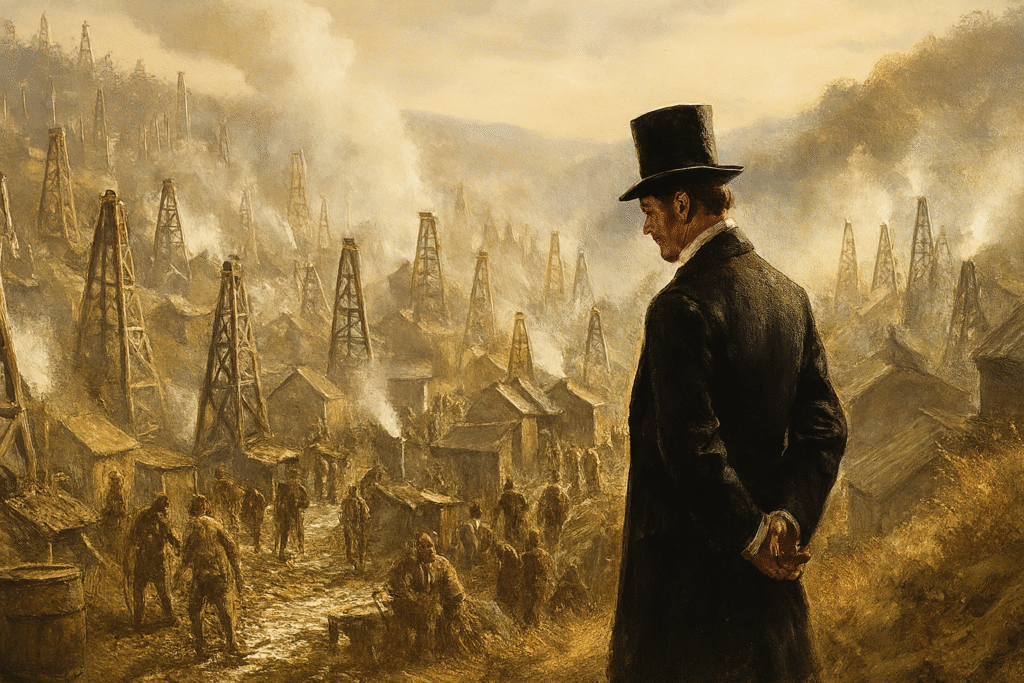
In the 1860s, oil was the new gold rush. The discovery of petroleum in Pennsylvania sent thousands of prospectors into the hills to drill. The industry was wildly inefficient. Refineries would boom and bust, prices swung violently, and the quality of kerosene, the primary product for lighting, was dangerously inconsistent.
Rockefeller, who had already built a successful commodities business, saw this chaos not as a barrier, but as an invitation. His big idea was not to find more oil, but to control the refining and distribution of it. He believed that through consolidation, economies of scale, and ruthless efficiency, he could stabilize the industry, lower costs for consumers, and dominate the market.
Building the Standard Oil Monopoly
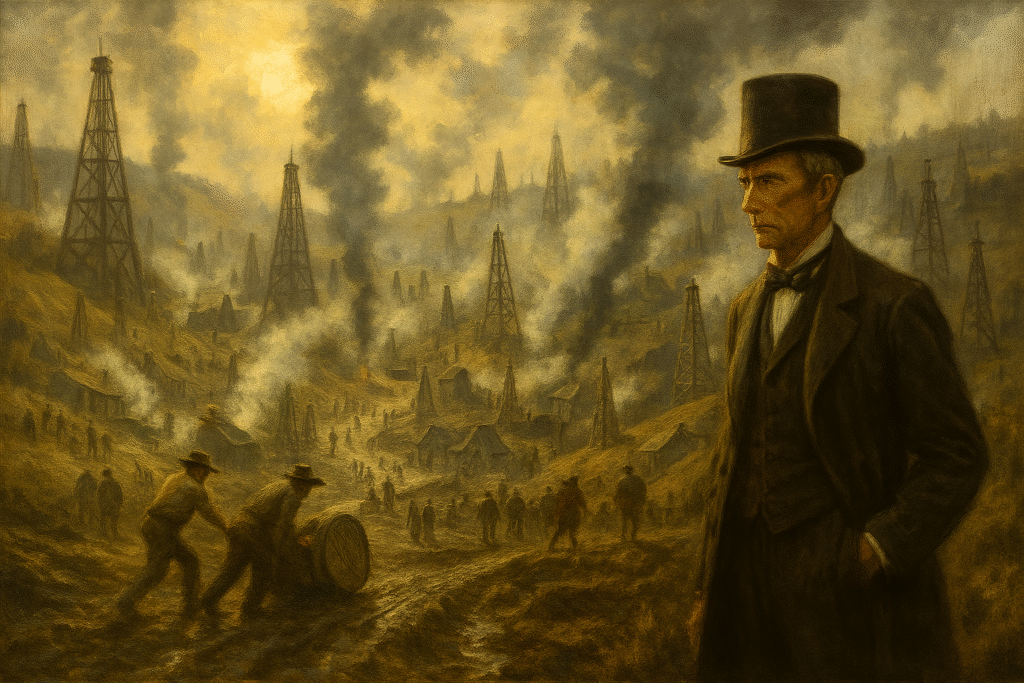
In 1870, Rockefeller formed the Standard Oil Company of Ohio. The name was deliberate. He wanted to set a “standard” of quality and reliability for a notoriously unreliable product.
His strategy was multi pronged and revolutionary.
1. Relentless Efficiency: Rockefeller obsessed over every detail of his operation. He built his own barrels, bought his own timber forests, and created his own wagons and pipelines. By controlling every aspect of production, he cut costs to a minimum, allowing him to undercut competitors.
2. The “Secret” Rebate: This was his most controversial and powerful weapon. Rockefeller used Standard Oil’s massive shipping volumes as leverage with the railroads. He demanded not just discounts, but “rebates” a secret kickback on every barrel his competitors shipped as well. This meant rivals were unknowingly funding the company that was putting them out of business.
3. The Trust: As laws limited companies operating across state lines, Rockefeller’s lawyer devised the “Standard Oil Trust” in 1882. This legal innovation allowed shareholders from various Standard Oil companies across different states to exchange their stock for trust certificates, centralizing control and creating the world’s first great industrial monopoly.
The Public Backlash and Antitrust Battle
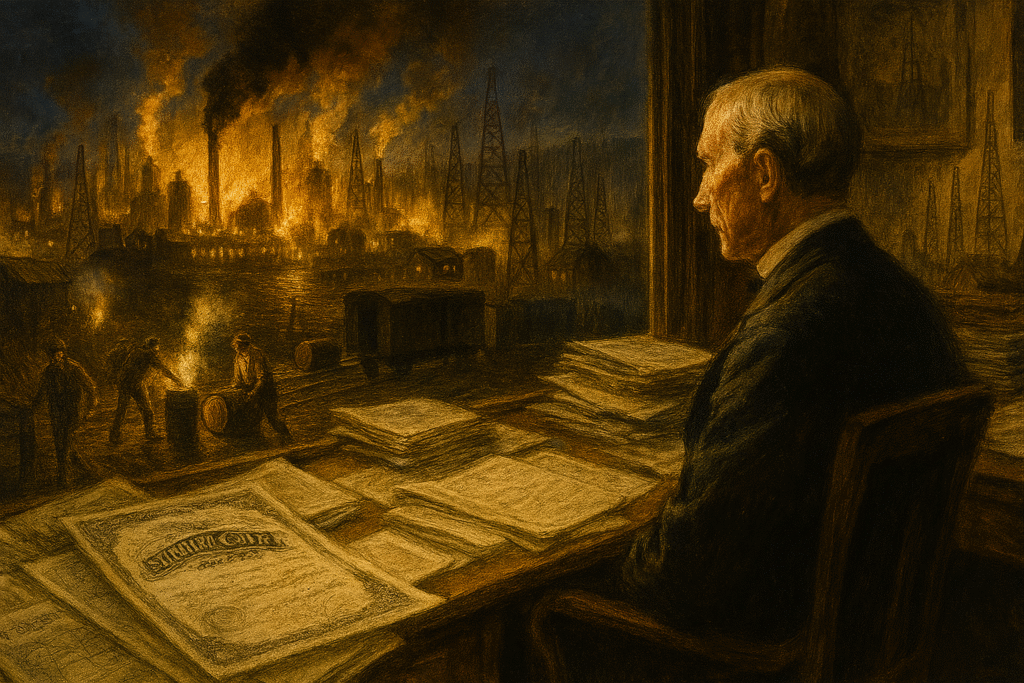
For all the cheap kerosene he provided, Rockefeller’s methods created fierce resentment. Journalists, led by Ida Tarbell whose father had been put out of business by Standard Oil, began a muckraking crusade. Her series, “The History of the Standard Oil Company,” painted Rockefeller as a ruthless, greedy predator.
The public outcry led to legal action. In 1911, after a decades long battle, the U.S. Supreme Court found Standard Oil in violation of the Sherman Antitrust Act and ordered it broken up into 34 independent companies. These “Baby Standards” would eventually become some of the world’s largest corporations, including Exxon, Mobil, Chevron, and Amoco. Paradoxically, the breakup made Rockefeller even richer, as he held a quarter stake in all the new entities.
The Second Act: The Philanthropist
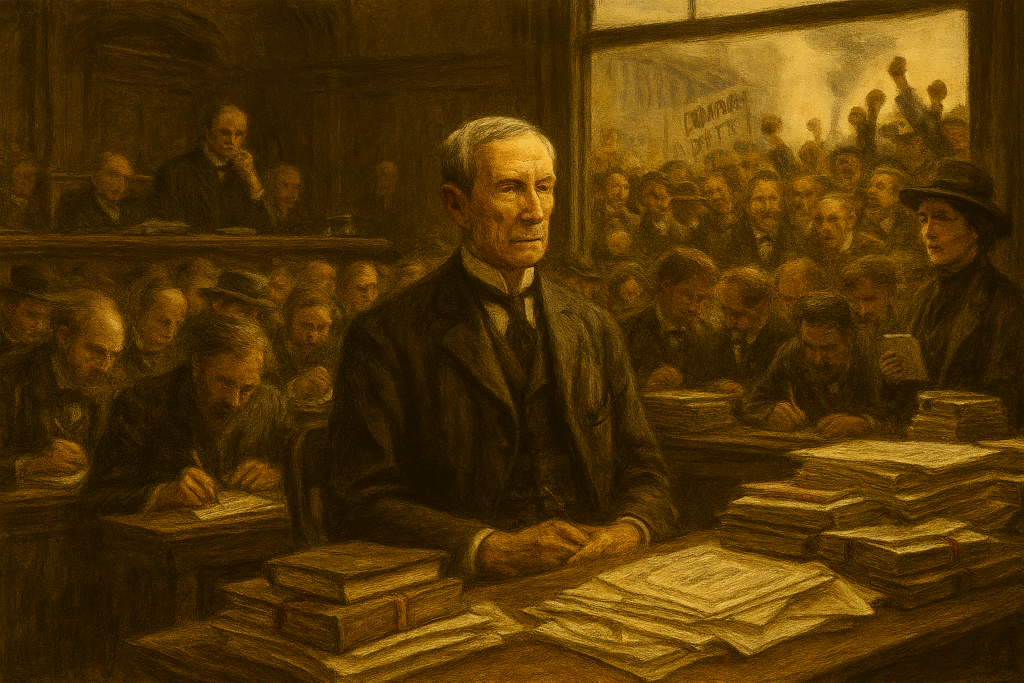
If Rockefeller’s business life was defined by acquisition, his later life was defined by distribution. He believed his vast wealth was a gift from God and that it was his duty to give it away thoughtfully and effectively.
He did not just give handouts. He pioneered scientific philanthropy, seeking to address the root causes of problems. His giving was as systematic as his business.
His monumental contributions include:
- The University of Chicago: He donated $35 million to found the world class research university in 1890.
- The Rockefeller Institute for Medical Research: Now Rockefeller University, it was founded in 1901 and became a leader in biomedical science.
- The Rockefeller Foundation: Established in 1913 “to promote the well being of humanity throughout the world.” It funded public health initiatives, scientific research, and agricultural development globally.
- General Education Board: He poured over $100 million into improving education at all levels in the United States, with a focus on the South.
By the time of his death in 1937, he had given away over $500 million, making him the greatest philanthropist in American history up to that point.
Recommended Reading

To dive deeper into the life of this fascinating figure, consider these books:
- “Titan: The Life of John D. Rockefeller, Sr.” by Ron Chernow: The definitive and most comprehensive biography, brilliantly capturing both the man and his world.
- “The History of the Standard Oil Company” by Ida M. Tarbell: The original muckraking account that helped bring down his empire. Essential for understanding the contemporary opposition to his methods.
- “John D. Rockefeller: Anointed With Oil” by Grant W. Wacker: A shorter biography that focuses particularly on the interplay between his faith and his business life.
Frequently Asked Questions (FAQ)
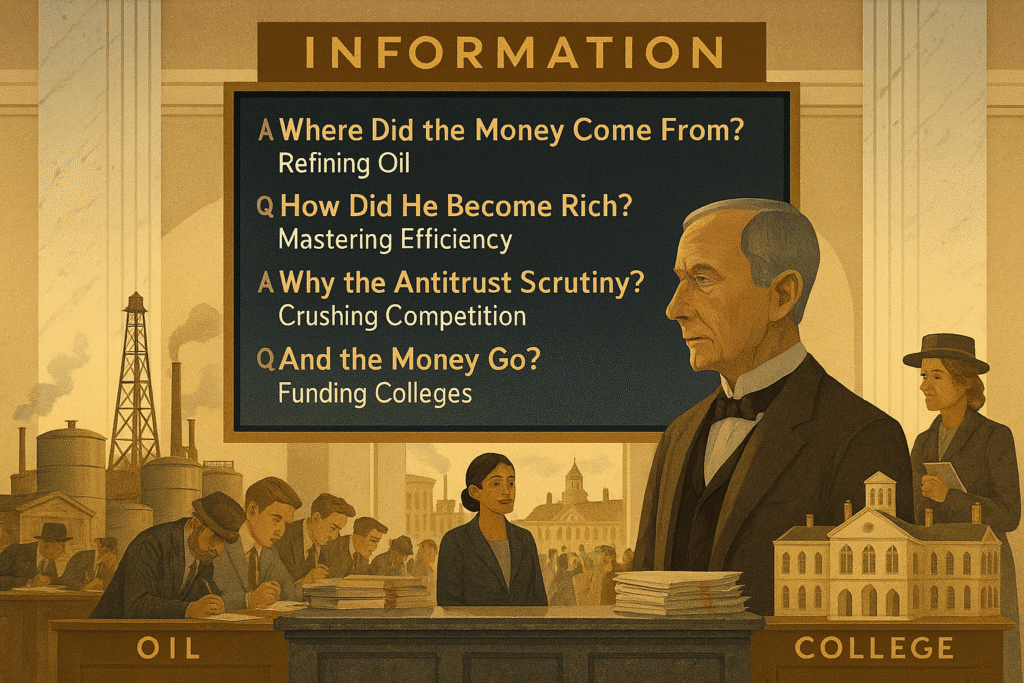
Q1. How rich was John D. Rockefeller in today’s money?
A: At his peak around 1913, Rockefeller’s net worth was estimated at nearly $900 million. In today’s dollars, that is over $400 billion, making him arguably the richest person in modern history, far surpassing today’s billionaires.
Q2. What is the connection between Standard Oil and today’s oil companies?
A: After the 1911 breakup, the 34 new companies evolved and merged into many of the giants we know today. ExxonMobil, Chevron, and ConocoPhillips all have direct lineage to Standard Oil.
Q3. Was Rockefeller always a ruthless businessman?
A: Colleagues described him as quiet, polite, and deeply religious. However, in business, he was relentlessly focused on his goal of consolidation. He saw his tactics not as ruthless, but as necessary for creating a stable and efficient industry. He famously said, “I had to insist on the facts and a decent administration.”
Q4. How did he approach his philanthropy?
A: He approached giving with the same meticulous, systematic mindset he used in business. He researched causes, demanded results, and invested in institutions that would have a lasting impact, like universities and research centers, rather than temporary relief.
Conclusion: The Complicated Legacy of a Titan
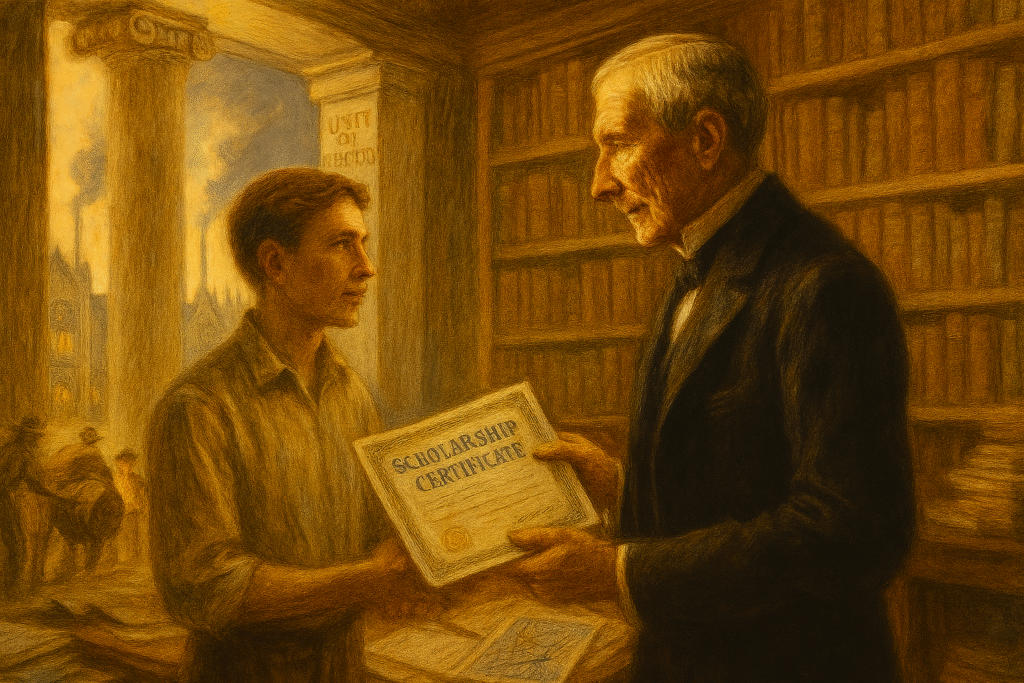
John D. Rockefeller is a figure of profound contradiction. He was a man of deep faith who employed cutthroat business tactics. He created a monopoly that crushed competition, yet he drove down the price of oil and brought order to a chaotic industry. He was the archetypal “robber baron” in the public eye, yet he became the model for the modern philanthropist.
His life forces us to ask difficult questions. Does the end of efficiency and low prices justify the means of predatory competition? Can immense wealth, even if acquired controversially, be redeemed through transformative giving?
One thing is undeniable. John D. Rockefeller did not just amass a fortune. He forged the very architecture of modern corporate and philanthropic life. From the structure of global corporations to the funding of world class universities and scientific research, his shadow looms large over the 20th century and beyond. He was the original titan, and his complex story remains essential to understanding the power and responsibility of wealth.

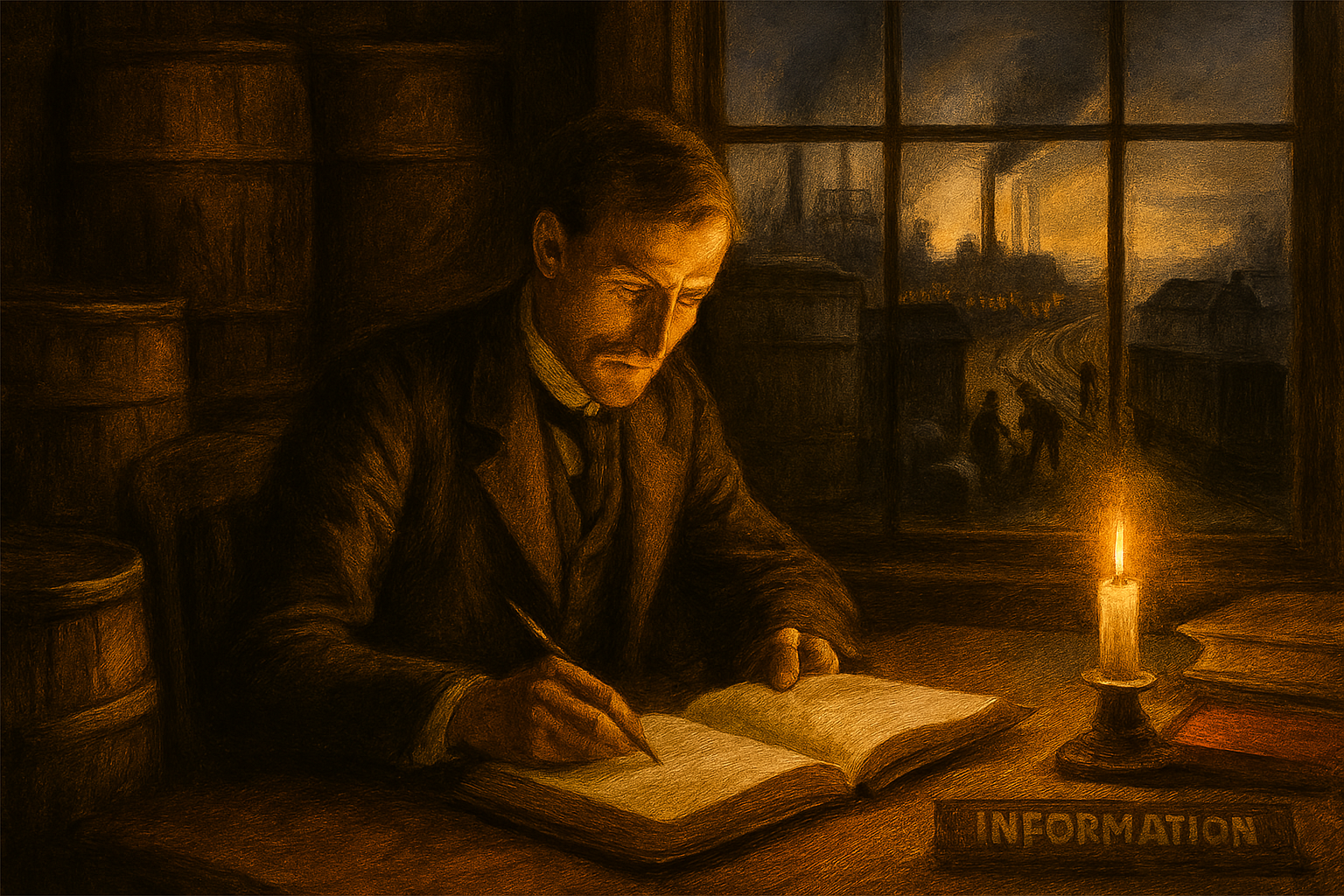









Leave a Reply